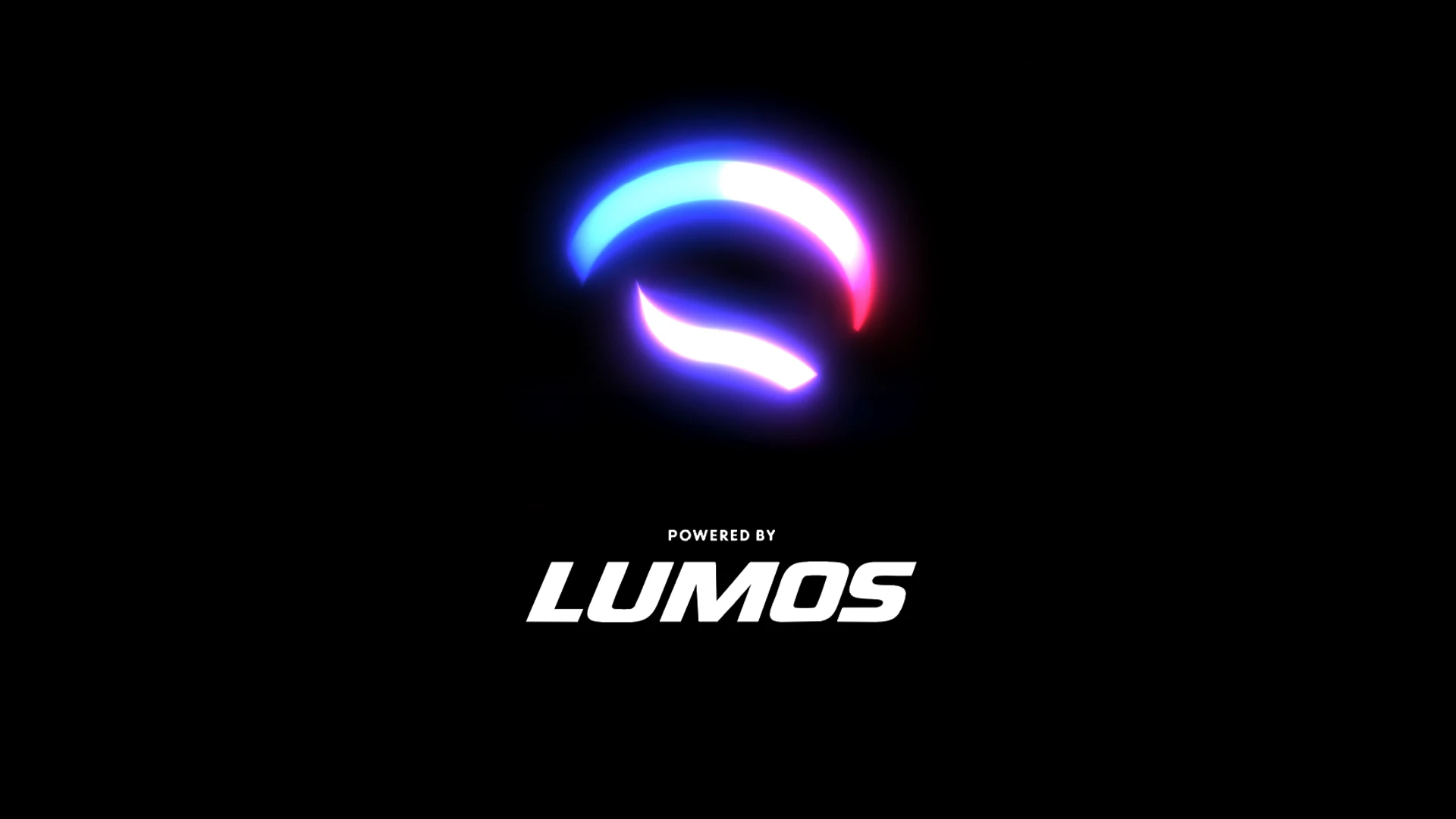Lumos OS
Spatial System Layer for Holographic Output and Control.
Page Education Level:
Beginner, Intermediate, Professional.

For Audiences:
XR developers, platform architects, OS designers.
Lumos OS is a spatial runtime for touchless interaction, real-time data rendering, and holographic-ready output. It works across phones, screens, and emerging display systems—built to remove UX friction and scale from retail to defense.
No Apps. No Headsets. Just Presence
Lumos OS removes the burden of downloads, complex logins, or device installs. It enables users to walk up to a screen and interact with voice, gesture, gaze, or phone-as-pointer input. That immediacy turns passive screens into intelligent agents—capable of contextual rendering and cross-device sync, all without requiring any onboarding or training. It delivers an interface that meets people where they are.
Touchless Interaction Model
Designed from the ground up for natural interaction, Lumos OS supports biometric and behavioral input, including fine-grain hand tracking, voice prompts, gaze estimation, and fallback controls. Its spatial engine scales across sectors—from retail to defense—powering screen-based deployments today, and holographic interfaces tomorrow. Every system is presence-reactive, live-adjusting to proximity, posture, and role.
Real-Time Output, Modular Control
Content in Lumos is governed by state-managed widgets, real-time AI agents, and modular UI kits. Whether running inside a stadium, a museum, or a command post, Lumos lets systems respond instantly to people, data, and environmental changes. Its rendering architecture supports lightfield output, quilted autostereo, or traditional 2D—driven by adaptive inputs and multi-device orchestration.
Commercial-Ready, Vertically Deployable
From mall kiosks to defense control rooms, Lumos OS is structured to scale. Pre-configured deployment tiers support nodes, venues, and sovereign operations. Built-in campaign guides, display overrides, and on-screen agents allow brands and agencies to deliver high-impact interaction with minimal friction. It’s one runtime for every sector, every screen.
Offline Capable, Globally Distributed
Lumos deployments are built for uptime. Systems can operate fully offline, sync with edge workstations, and reconnect seamlessly. The OS supports multi-site rollouts, device clustering, and content localization. Paired with hardware, it becomes the control layer for retail, command, education, or culture-focused environments.
2D to Lightfield
Lumos OS outputs to whatever screen is available, from 2D displays to autostereo panels and future lightfield arrays. It renders based on context and device capability, with no change required from the content source. Whether delivering campaign assets to a storefront screen or live simulation output to a depth-aware stage, Lumos adapts in real time, aligning resolution, viewpoint, and parallax output to the environment and the viewer.
True Cross-Device Responsiveness
Lumos OS coordinates screens, mobile devices, and edge nodes into a unified rendering layer. A phone can act as a remote. A kiosk can become a holographic output. A stadium screen can sync with in-hand displays in real time. Lumos handles layout, presence, and motion across all endpoints—bringing holographic rendering to mass environments without custom hardware or custom apps. It’s spatial scale, built to broadcast.